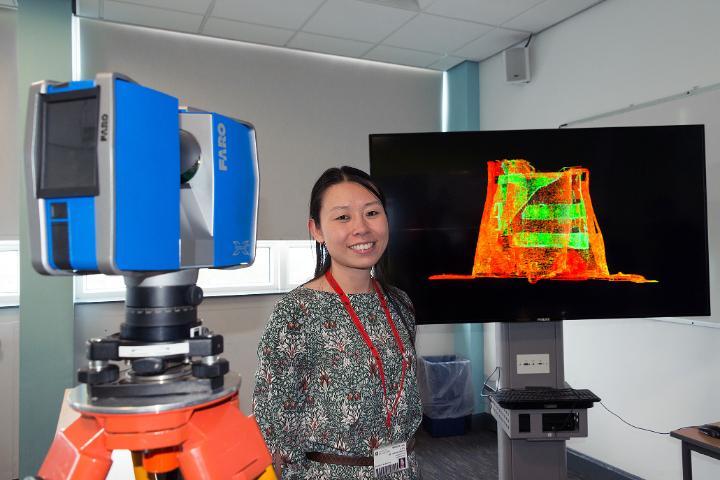University of Bradford’s first supercomputer to revolutionise archaeological research

Research undertaken by leading archaeologists from the University of Bradford has been revolutionised by the University’s first supercomputer, which enables its archaeological team from its ‘Curious Travellers’ project to effectively preserve by record endangered or destroyed heritage across the world, including theTemple of Bel, Kathmandu and Notre Dame.
Teams of archaeologists and computing scientists from the University can now support sustainable heritage initiatives using digital technologies supported by its high performance computing (HPC) system, designed by OCF. The ‘Curious Travellers’ project, *led by the University of Bradford, was created in response to challenges brought about by natural disasters and the deliberate destruction of heritage sites. By collating hundreds of images from local people, travellers and tourists, researchers at Bradford are able to create accurate 3D models of ancient monuments and sites, producing accurate representations without artificial or artistic reconstructions.
Whether as part of an international effort to evaluate the impact of the Gorkha Earthquake in 2015 on the medieval town of Kathmandu, reconstructing Notre Dame or partnering with the National Trust and Historic England in recording the remains of World Heritage Sites including Fountains Abbey and Stonehenge, Bradford researchers are able to manipulate vast data sets with the capacity of the new supercomputer for the global good.
"Computing technology is shaping archaeological practice," said Professor Vincent Gaffney, School of Archaeological & Forensic Sciences at the University of Bradford. "We are able to reconstruct heritage sites from hundreds of images recorded digitally. Importantly, the project is more than just the 3D content. By using geospatial and archaeological data that describes the site within its landscape, its context is included, providing a lasting legacy that contributes to local historic environment records.
Technology is not only broadening the scale at which archaeologists work, but also is making an unprecedented volume of extremely accurate data available for multinational analysis."
"Our investment in these cutting-edge high performance computing facilities complements and supports some of the University’s world-leading researchers and their work," said Professor John Bridgeman, Pro Vice Chancellor at the University of Bradford (Research & Knowledge Transfer). "We live and work in a world that is largely data-driven, and our state-of-the-art facilities will enable the University to continue to operate at the vanguard of data management and visualisation."
The new high performance computing (HPC) system is designed, integrated and configured by high performance compute, storage and data analytics integrator, OCF.
"The University of Bradford’s commitment to using HPC technology to support the development of research is having a positive impact on the world," said Julian Fielden, Managing Director of OCF. "From biosciences and engineering to computer science, social sciences and heritage science, all these disciplines are moving rapidly as increased computational power becomes more readily available and enables vastly improved research capacity. "
